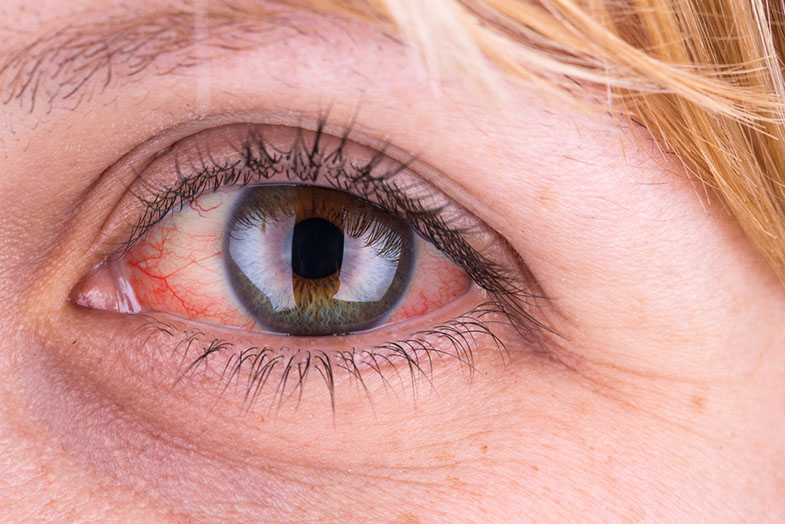
Conjunctivits may present one of the first symptoms Covid-19
Many doubts arise these days about the symptoms of the coronavirus, which can also have repercussions at the ocular level. As Professor Jorge Alió, Vissum-Grupo Miranza ophthalmologist, explains, “patients affected by Covid-19 may present, either at the beginning or throughout its evolution, a viral conjunctivitis in which the virus is transmissible through tears. ” Also, according to the specialist, “through the conjunctiva, the virus can reach the general circulation of the patient, since the conjunctiva is a large sponge that absorbs germs and, in this case, the virus penetrates it easily, infecting to the person”.
Likewise, the expert warns that asymptomatic Covid-19 patients or patients in the incubation period, can transmit the disease through tears. Therefore, close contact, such as that which occurs when a family member assists the patient or during ophthalmological procedures, is risky since the patient can transmit the disease.
For this reason, the ophthalmologist highlights the importance of checking the patient having conjunctivitis has at least 37º fever, and /or coming from an area where the coronavirus outbreak is detected. In the same way, those who are in close contacts to patients with confirmed or probable disease due to their profession (healthcare professionals) are also suspicious to undergo the disease.
Adopting prevention measures
Alió advises ´´ People known to be sick with COVID19, as well as who suspect they may have undergone the disease must be under observation and self-isolate ( stay at home) for at least fifteen days, to ensure that the disease does not develop, and anyone else can be infected. When you attend the hospital, you should self-isolate in the waiting area, “.
Having said that, the expert warns that all staff members, and family who care for these patients must employ strict security measures in order to keep safe against possible infection, such as the use of gloves, face masks and glasses. In addition, they could spray over their mucosa with hypochlorous acid to block entry to the virus (as we explained in other news).
Moreover, the use of this compound can complete the treatment of patients with conjunctivitis, together with hygienic measures and the use of very cold gauzes or compresses to calm the discomfort of this viral infection, which usually lasts from 7 to 10 days at most.